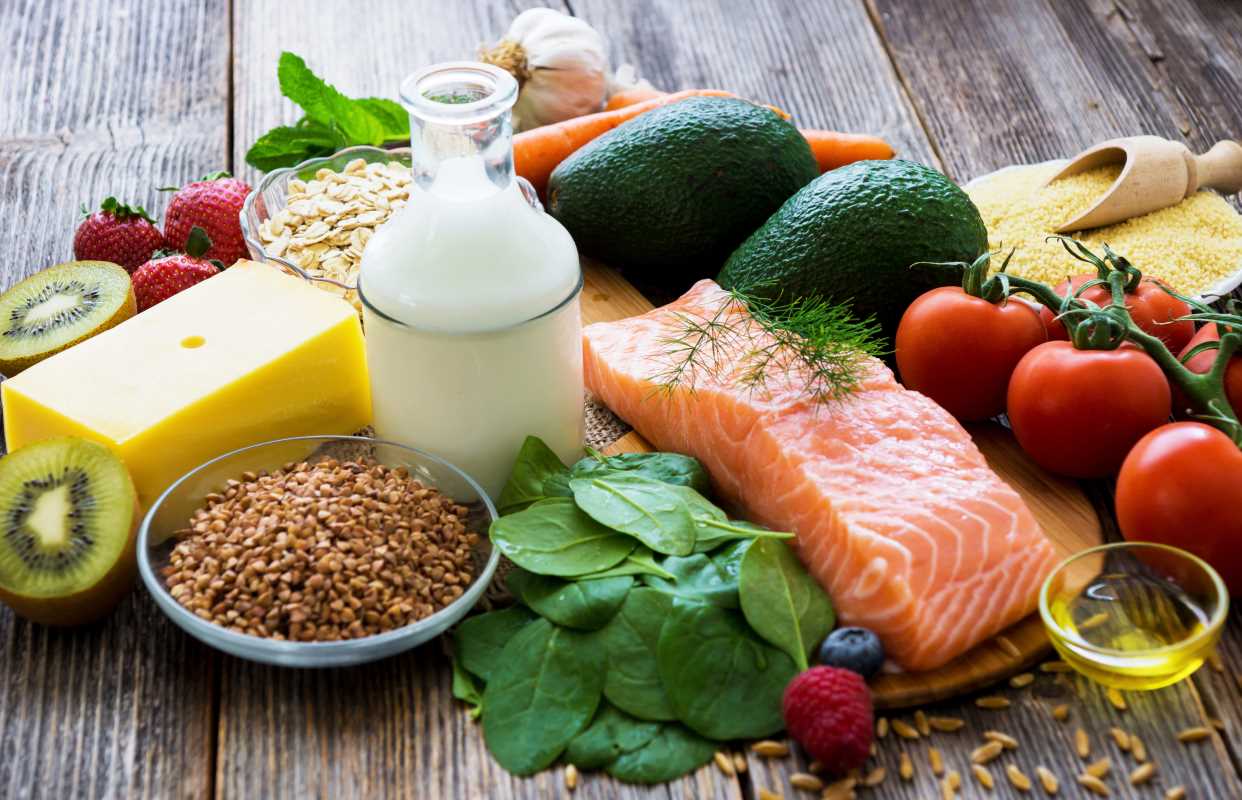In recent years, superfoods have become a popular trend in health and wellness circles. From kale smoothies to chia seed puddings, these nutrient-dense foods are often hailed for their impressive health benefits. The term "superfood" is frequently used in marketing to describe foods rich in antioxidants, fiber, vitamins, and other nutrients believed to impact health positively. But do superfoods live up to their hype? This article explores the truth behind superfoods, exploring their nutritional value, scientific backing, potential drawbacks, and how they can fit into a balanced diet.
What Are Superfoods?
Superfoods are typically plant-based, though some fish and dairy products also fall into this category. They are generally celebrated for their nutrient density, meaning they contain a high concentration of essential vitamins, minerals, and other nutrients relative to their calorie content. Commonly recognized superfoods include blueberries, quinoa, kale, salmon, chia seeds, and acai berries. These foods are often touted for a variety of health benefits, such as boosting immunity, improving heart health, and potentially reducing the risk of chronic diseases like cancer and heart disease. While these foods may offer many health benefits, it is important to consider whether they truly have special powers or are simply part of a larger health trend. Let’s take a deeper look at some of the most popular superfoods and examine their nutritional value and the science behind their touted benefits.
Nutritional Benefits of Popular Superfoods
Each superfood offers a unique combination of nutrients that can contribute to overall health. These are a few popular superfoods and the nutrients they are most known for:
- Blueberries: Blueberries are packed with antioxidants, particularly anthocyanins, which are believed to help protect the body against oxidative stress and inflammation. These compounds have been linked to a reduced risk of chronic conditions such as heart disease, cancer, and cognitive decline. Blueberries are rich in vitamins C and K and fiber.
- Quinoa: This ancient grain is a complete protein, meaning it contains all nine essential amino acids that the body cannot produce on its own. Quinoa is also an excellent source of fiber, iron, magnesium, and manganese, all of which support a variety of bodily functions, including muscle function, metabolism, and bone health. Quinoa is naturally gluten-free, making it an excellent option for people with gluten sensitivities.
- Salmon: Salmon is a well-known source of omega-3 fatty acids, and it is praised for its heart health benefits. Omega-3s have been shown to reduce inflammation and lower the risk of heart disease. Salmon is also rich in protein and provides essential vitamins and minerals, including vitamin D, B vitamins, and selenium, which support brain health and immune function.
- Kale: Often referred to as a "nutrient powerhouse," kale is loaded with vitamins A, C, and K, which are essential for immune function, skin health, and blood clotting. Kale is also rich in antioxidants, such as lutein and zeaxanthin, which are important for eye health. Furthermore, kale is a good source of calcium and fiber, contributing to bone health and digestive health.
- Chia Seeds: These tiny seeds are packed with omega-3 fatty acids, fiber, and protein. They are also an excellent source of calcium, magnesium, and phosphorus, all of which play a role in maintaining bone health. Chia seeds are known for their ability to absorb water and expand, making them a great addition to meals that need to be more filling, such as smoothies or puddings.
- Acai Berries: Acai berries are often promoted for their high antioxidant content, especially anthocyanins. These antioxidants are believed to protect the heart and may help reduce inflammation in the body. Acai berries are also rich in fiber, which can aid in digestion, and they provide small amounts of vitamins A and C.
Scientific Evidence and Health Claims
While many superfoods are nutrient-dense, it's important to scrutinize the scientific evidence behind the health claims associated with these foods. In many cases, the research supporting the benefits of superfoods is still in its early stages, and results may not always be directly applicable to real-world health outcomes. For example, while antioxidants like those found in blueberries have been shown to help neutralize free radicals in the body and reduce oxidative stress, it is important to note that the benefits of consuming antioxidants from whole foods may not be the same as those from supplements. The human body processes and absorbs nutrients from whole foods in a more complex way than it does from isolated supplements. As a result, eating a variety of antioxidant-rich foods as part of a balanced diet is generally considered more beneficial than taking supplements. No single food, no matter how nutrient-packed, can be considered a cure-all for health problems. The benefits of superfoods are best realized when they are consumed as part of a balanced, varied diet that includes a wide range of food groups. A diet based on a wide variety of whole foods will provide a broader spectrum of nutrients that contribute to overall health, rather than relying solely on superfoods.
Potential Downsides and Misconceptions
Despite the many health benefits associated with superfoods, there are some potential downsides and misconceptions worth considering:
- Cost: One of the most common drawbacks of superfoods is their cost. Many superfoods, especially those imported or heavily marketed, can be expensive. This can result in increased food spending without necessarily improving diet quality. For instance, acai berries, which are often sold as frozen purees or powders, can be prohibitively expensive for some consumers.
- Overreliance: Another potential issue is the overemphasis on superfoods, which may lead individuals to focus too heavily on a small group of foods while neglecting other essential components of a balanced diet. While superfoods are often nutrient-dense, it is important to consume a variety of foods to ensure that all nutritional needs are met.
- Health Halo Effect: Superfoods can sometimes create what is known as the "health halo effect." This is when people believe that a food is healthy simply because it is labeled a "superfood," and they may then use it as a justification for unhealthy lifestyle choices. For example, someone might think that adding chia seeds to a high-calorie, processed snack makes it healthy, when in reality, the overall nutrient balance of the snack may still be poor. Superfoods should complement a healthy lifestyle, not compensate for poor eating habits.
Incorporating Superfoods into a Balanced Diet
To fully benefit from superfoods, they should be integrated into a balanced and diverse diet rather than being relied upon as the sole solution to good health. These are some strategies for incorporating superfoods into your meals:
- Variety is Key: Rather than focusing on a few superfoods, aim to include a broad range of fruits, vegetables, whole grains, and proteins in your diet. Each food offers unique nutrients that contribute to overall health and wellness.
- Whole Foods Approach: Prioritize whole, minimally processed foods over supplements or processed products that are marketed as "superfood-infused." Whole foods are generally more nutrient-dense and offer a better overall health benefit.
- Mindful Consumption: Be mindful of portion sizes and balance your diet with other food groups to ensure you meet all your nutritional needs. Superfoods can be a great addition, but they should not be the only food group you rely on.
- Sustainability and Accessibility: Consider opting for locally available and seasonal foods, which can often provide similar nutritional benefits without the high cost or environmental impact of imported superfoods.
 (Image via
(Image via





